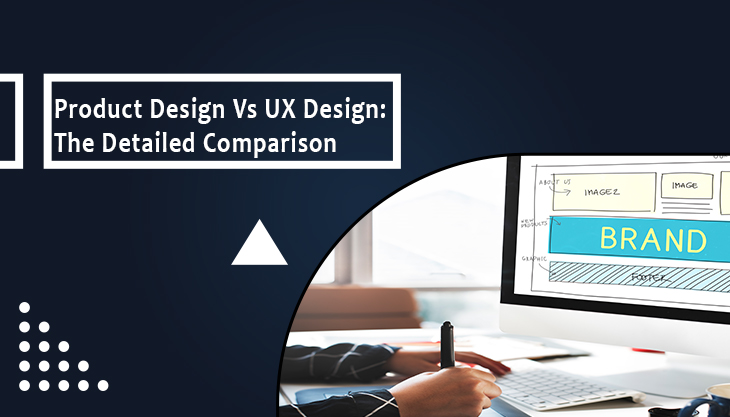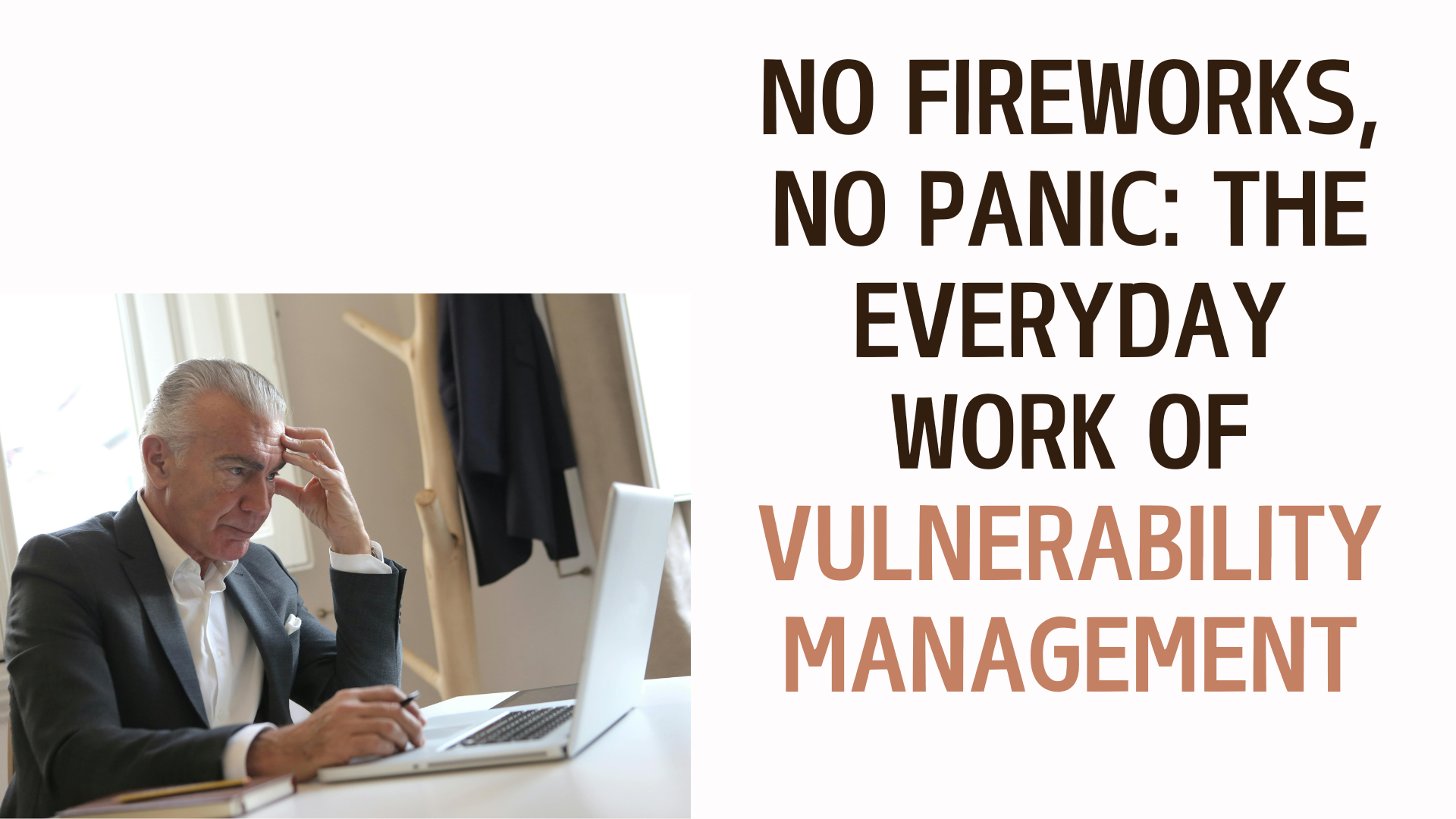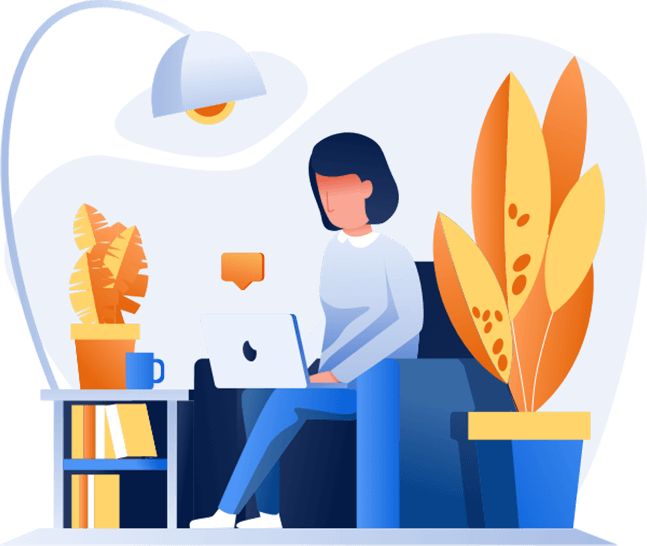Product designers are involved in the entire design process of a product, while User Experience (UX) designers focus more on the hands-on design portion of the process. Product Design vs UX Design is different, but individuals often comprehend it wrongly.
Product designers and user experience (UX) designers are similar. Sometimes, the titles are used interchangeably. But sometimes they’re not. Broadly speaking, product designers tend to be more involved with the entirety of the design process of a product.
In contrast, UX designers generally focus specifically on refining the user experience of a product. Of course, job roles can differ from company to company. Some companies may expect their UX designers to be heavily involved in business processes or product designers to work exclusively on design.
Product Design
What is Product Design?
Product design is the process designers use to blend user needs with business goals to help brands make consistently successful products. Product designers work to optimize the user experience in the solutions. They make paths for their users and help their brands make products sustainable for longer-term business needs.
Work of Product Designers?
Product designers help make products which aren’t just uncomplicated and delightful. Their job is also finely tuned to do consistently well in the marketplace. They help define product goals and create a roadmap.
A high-level summary or 6–12 months forecasts of product offerings and features will be derived by product designers. This, ideally, helps brands release successful products.
Role of Product Designer
Therefore, they can prevent or minimize the dangerous consequences of implementing designs and help maximize and sustain gains. Throughout a project, a product designer will usually guide your design team and stakeholders on return on investment (ROI) and lower-level concerns such as the placement of interface elements.
The product designer's eye for factors such as product desirability and value is a vital safeguard to keep a brand competitive. In addition to that, they would do as generalist-oriented UX designers. Product designers also inform and plan roadmaps in close collaboration with development and marketing teams to ensure the feasibility of implementing designs.
Product Design Company
What does a Product Design Company do? Product design is the process of creating a digital or physical product. The work is generally grounded in research and involves keeping the user's experience in mind.
Product design companies in recent years have become associated with digital products like software or apps. But product design can also refer to the design of physical products, like furniture, electronics, and other manufactured goods. This latter type of design is also called industrial design.
UX Design
What is UX Design?
It's essential to understand there is no commonly accepted definition for UX design. User experience design is a concept with many dimensions. It includes a bunch of different disciplines such as interaction design, information architecture, visual design, usability, and human-computer interaction.
Role of UX Design
The goal of UX design in business is to improve customer satisfaction and loyalty through the utility, ease of use, and pleasure provided in the interaction with a product. In other words, UX design is the process of designing digital or physical products.
The products designed are usually helpful, easy to use, and delightful to interact with. It's about enhancing people's experience while interacting with your product and making sure they find value in what you're providing.
Does UX Design Work?
UX Design is used quite often. Whether it's intentional or not, somebody decides how the human and the product will interact. Good UX Design happens when we make these decisions in a way that understands and fulfills the needs of both our users and our business.
UX Design always happens. Whether it's intentional or not, somebody decides how the human and the product will interact. Good UX Design happens when we make these decisions in a way that understands and fulfills the needs of both our users and our business.
UX Design Company
What does a UX Design Company do? A UX Design company is focused on all aspects of a product’s development. This includes design, usability, function, and even branding and marketing. Their work touches on the entire end-to-end journey of a user’s interaction with a product and includes identifying new product development and business opportunities.
A few critical aspects of the UX design process that a UX Design Company or a cluster of core activities and responsibilities make up. The bulk of a UX Designer’s day-to-day work.
UX Designers focus on the following areas:
1.User Research
Many wouldn't be aware of how much research UX design entails. In fact, market, product, and user research are significant components of UX design, as research is crucial to understanding the user and their individual needs.
User research often focuses on the customer's behaviour, motivations, and needs to help the Designer identify what opportunities exist in a particular market for product solutions. Among the research methods UX Designers commonly use to gather information and insights about target users are data collection, surveys, user interviews, and focus groups.
2. Persona Development
The development of user personas is another crucial phase of the UX design process. During this stage, UX Designers consolidate and interpret their findings to construct representative personas based on patterns and commonalities in their research.
Each persona communicates a potential user's demographic information, motivations, needs, possible responses, etc. Developers will need to consider a helpful tool that helps the organization understand who they're building the product for.
3. Information Architecture (IA)
Information Architecture describes how information is mapped out and organized to communicate a clear purpose in a word and how the information is navigated. Adobe defines IA as creating a structure for a website, app, or other product, allowing users to understand where they are—and where the information they want is about their current position.
This blueprint ultimately aims to optimize the way users encounter, move through, and interact with the product or site; with this in hand, the design team can begin building wireframes and prototypes.
4. Wireframing
As one of the first steps toward building the final product, UX Designers create wireframes. Specific low-fidelity design sketches represent different screens or stages of the product throughout the user journey. Wireframes include simple representations of UI design elements, which guide further development and product design.
Relation Between Product Design vs UX Design
Much like usability and User Interface (UI), design is a subset of User Experience (UX) design. UX design fits within product design. Indeed, UX designers are concerned with the entire process of acquiring and integrating a product. This includes aspects of branding.
However, product designers will extend this scope to carefully monitor their brand's positions in the market over time. They gauge the likely impacts of design decisions based on in-depth domain knowledge. And keep teams and organizations mindful of bigger-picture and bottom-line realities, particularly for the mid-to long term.
Both product designers and UX designers rely heavily on UX tools and methods. While specific tasks might set them apart, both roles work to ensure the finished product's user experience is smooth and intuitive. Both are expected to know how to use standard UX tools, like Balsamiq, Sketch, Lucid Chart, or design tools like Figma.
Difference between Product Designer vs UX Designer:
1. Product designers tend to be more business-oriented. Product designers can be expected to be more aware of business priorities than UX designers. This might manifest in working more closely with business or product teams than a typical UX designer might and making sure business needs are met in a finished product.
2. Product designers tend to take the lead. They are often tasked with captaining the entire design process of product development. They can wrangle UX and visual designers, researchers, and business teams together to make sure all product needs are met. Because of this, product designers can be expected to have some experience leading projects or teams.
3. UX designers are more design-focused. These designers are often expected to design the essential visual and interactive elements of a product. That's not to say that product designers don't, but as a UX designer, expect to dig in a little more into the hands-on aspects of designing a user-friendly product.
Significant differences between Product designers and UX designers:
Product Designer
Generally involved in the entire design process of a product, including brainstorming, UX, project management, and business-related processes. Past experience can include UX design, leading projects, and collaborating with other teams.
UX Designer
Designs with a focus on making products pleasant to use and navigate. Generally has a more narrow focus than product designers. Experience can include visual or graphic design, interaction design, and UX knowledge.
1. Both product designers and UX designers rely heavily on UX tools and methods. While specific tasks might set them apart, both roles work to ensure the finished product's user experience is smooth and intuitive.
2. Both are expected to know how to use standard UX tools, like Balsamiq, Sketch, Lucid Chart, or design tools like Figma.

















Post Comments